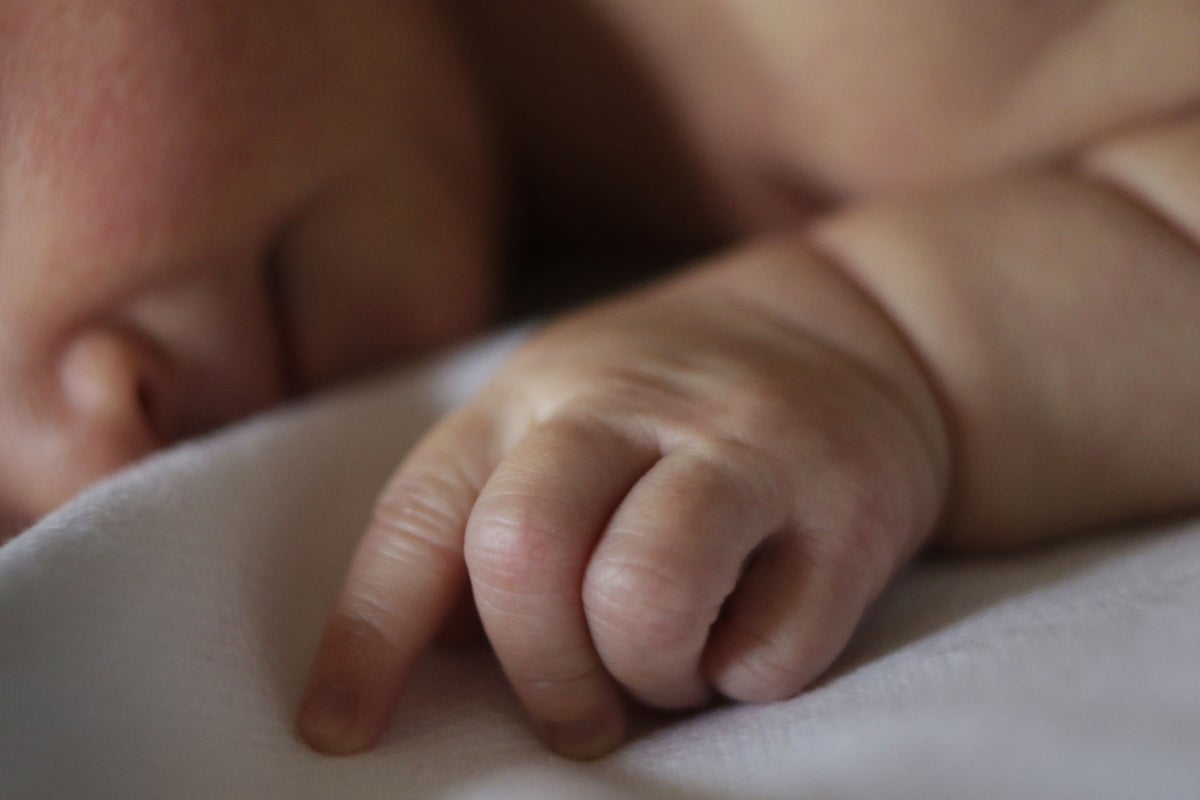Anil Koppula says that seeing his wife’s C-section in January 2018 triggered a “psychotic illness” that was responsible for the “breakdown of his marriage”.
He would, thus, like the Royal Women’s Hospital in Melbourne to pay him for the damages.
The document submitted to the court explains: “Mr Koppula alleges that he was encouraged, or permitted, to observe the delivery, that in the course of doing so, he saw his wife’s internal organs and blood…
“He says that the Hospital breached a duty of care it owed to him and is liable to pay him damages.”
Mr Hoppula will be representing himself in the case against the hospital.
As for the hospital, it says it hasn’t breached a “duty of care” and Mr Koppula didn’t suffer any injury because of the C-section experience while he was at the hospital. It has, thus, asked the court proceedings to be discontinued.
Caesarean sections, also known as C-sections, are performed when vaginal delivery is difficult, dangerous, or not preferred for other personal reasons. For instance, if the mother is pregnant with multiple babies, their baby is in the wrong position, or the baby is too big for vaginal birth, doctors will opt for C-sections.
During the procedure, the mother is either given a numbing injection in her spine or put under general anaesthesia, before the doctor cuts into the abdomen and the uterus to get to the amniotic sac and remove the baby.
The next steps are the umbilical cord and the placenta being cut, and the mother’s uterus and abdomen being sewn.
Very often, women are allowed to have their partner or family members in the room with them as they have their C-section, so that they can witness the birth of the new family member and support the mother through the procedure.
However, they will often be warned to be careful about how they behave during the procedure so that they don’t disrupt the doctors or put the mother or baby’s health at risk.












